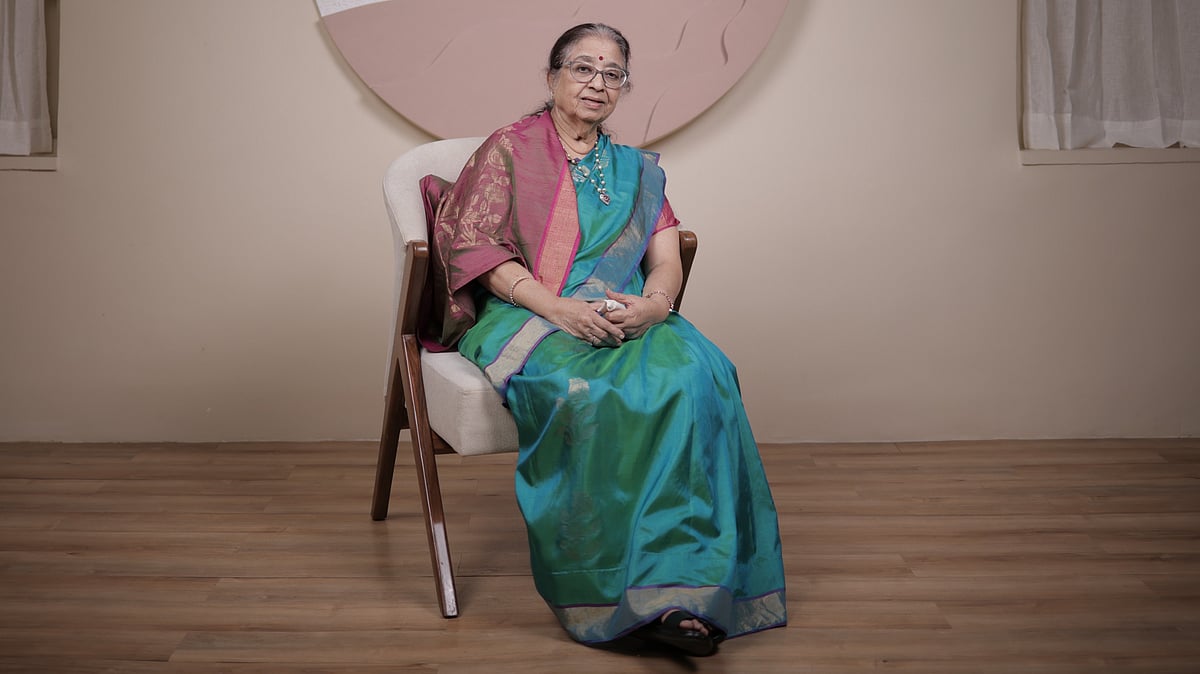The Registrar General of India’s Special Bulletin, released earlier in March, showed a decline in the Maternal Mortality Ratio (MMR). The ratio declined from 113 in 2016-18 to 103 in 2017-19 (8.8% decline).
According to the World Health Organization, “Maternal death is the death of a woman while pregnant or within 42 days of termination of pregnancy, irrespective of the duration and site of the pregnancy, from any cause related to or aggravated by the pregnancy or its management but not from accidental or incidental causes.” One of the key indicators of maternal mortality is MMR which is the number of maternal deaths during a given time per 1,00,000 live births during the same period.
Dr Bipin Pandit, Vice President, Federation of Obstetric and Gynecological Societies of India (FOGSI), noted that women of the reproductive age-span die due to complications during and following pregnancy and childbirth or an abortion. “Postpartum haemorrhage, increase in blood pressure that leads to convulsions or sepsis can lead to complications during childbirth or abortion and can turn fatal,” he said. “94% of all maternal deaths occur in low and lower-middle-income countries. Young adolescents (ages 10-14) face a higher risk of complications and death due to pregnancy than other women.”
The fall in MMR is a significant achievement that bodes well for India. India is on track to achieve the United Nation’s Sustainable Development Goals (SDG) target of 70/lakh live births by 2030. The number of states that have already reached the SDG target has now risen to seven from earlier five, with Kerala with MMR of
30 leading the tally, followed by Maharashtra (38), Telangana (56), Tamil Nadu (58), Andhra Pradesh (58), Jharkhand (61), and Gujarat (70).
Maha model
The Women and Child Development (WCD) Department of Maharashtra actively looks into the nutritional issues of pregnant, lactating mothers. This helps reduce anaemia, one of the major cause of deaths during delivery. I. A. Kundan, Secretary, WCD Department, Maharashtra, explains, “WCD gives nutritional food to 5,58,925 pregnant mothers and 6,35,382 lactating mothers. We ensure that they get 190-195 grams of nutritious food with 500 kcal and protein not less than 12 grams per day. We reached out to all mothers and children through innovative interventions like Tarang Suphoshit during Covid times.”

A GR has also been passed by Urban Development department to ensure that every urban local body uses 5% of their women and child committee funds on women and child social security, protection and nourishment,” adds the Secretary, WCD Department.
Lauding the efforts being taken by the state WCD Department, Dr Surabhi Siddhartha, obstetrician-gynaecologist, Motherhood Hospital, Kharghar, Navi Mumbai, says, “These efforts, along with good facilities at the primary health centres, regular antenatal care and postnatal care, and a plethora of government programmes, have contributed a lot in reducing MMR in Maharashtra.”
LaQshya-Manyata, a combined effort of MSD for Mothers and Maharashtra Government, has worked hard towards achieving the target of reducing the numbers.
“The state has fulfilled the sustainable development goal in this regard set by the United Nations. It is a relief to know that Maharashtra has retained second position in the list of states with low mortality rate at a time when the state is leading in the country in containing the spread of Covid-19. The success is due to the efforts taken by the healthcare system of the state,” said Dr Archana Patil, Director of Health services, Public Health department, Maharashtra.
A spokesperson for MSD for Mothers, explained, “MSD for Mothers works with a diverse group of collaborators, including governments, non-profit organizations, quality improvement experts, advocates, and other innovators, to help end preventable maternal mortality in India. We follow core principles that are true to our values, including advancing women’s maternity care experiences, expanding access to quality care using digital technologies and strengthening integrated approaches to promote safe, respectful and high-quality maternity care everywhere.” Dr Pandit agreed. “Skilled care before, during and after childbirth can have a greater impact on saving women and newborns’ lives,” he said.

Measures to reduce MMR
According to Dr Pandit, the 3 Ds — Delay in Diagnosis, Delay in Treatment and Delay in Transfer to a Tertiary Center — play a crucial role in maternal mortality.
“Effective strategies for reducing the MMR include prioritising maternal and child health services and integrating vertical programs (e.g., family planning) related to mother and child health. Ample attention needs to be given to care during labour and delivery, which is the
most critical period for complications. Strengthening the healthcare facilities at the ground level can help provide medical facilities at small villages and taluka levels to avoid delays in treatment. The most significant one is the availability of blood and blood products all over India so that a woman whose life is in danger due to excessive bleeding can be saved,” says Dr Pandit.
It’s a great feeling to know that our state is on the second position when it comes to reduced MMR. However, the goal should be to number one with zero MMR!












